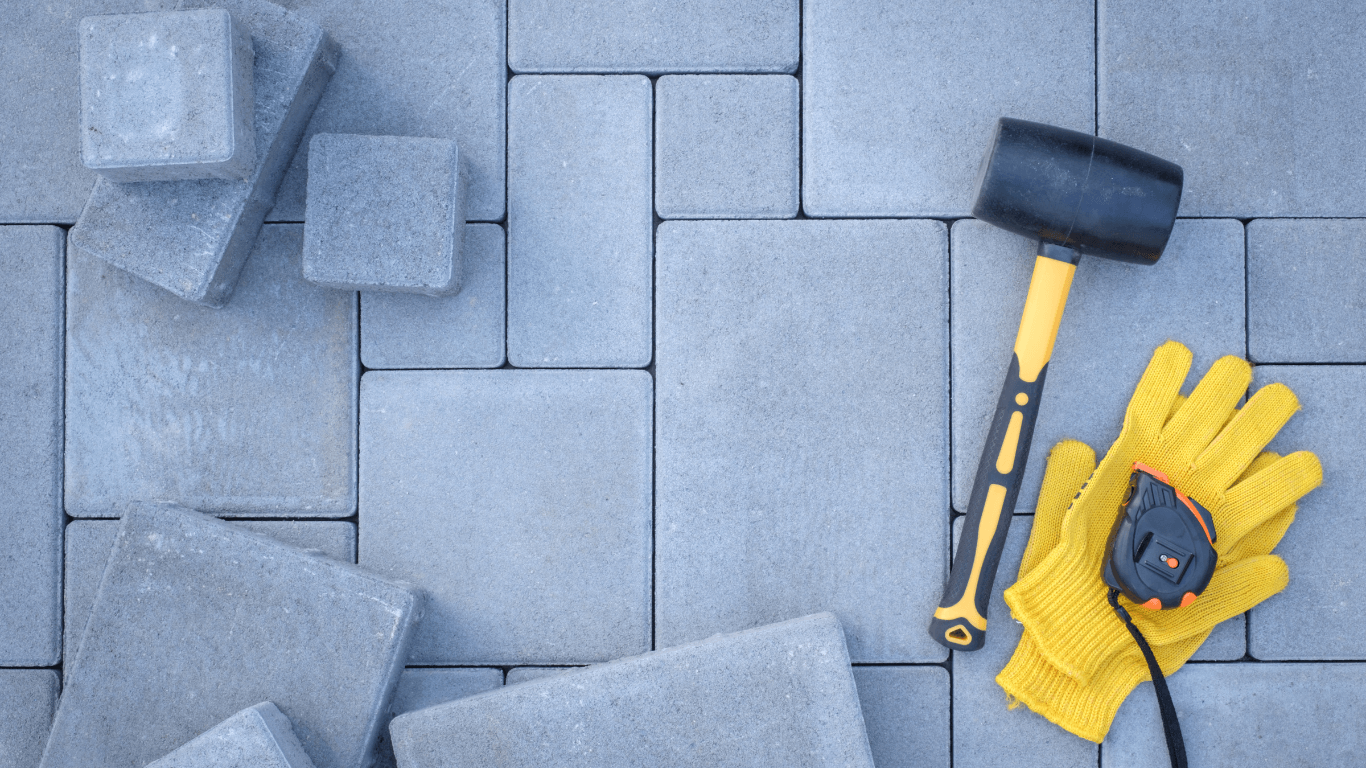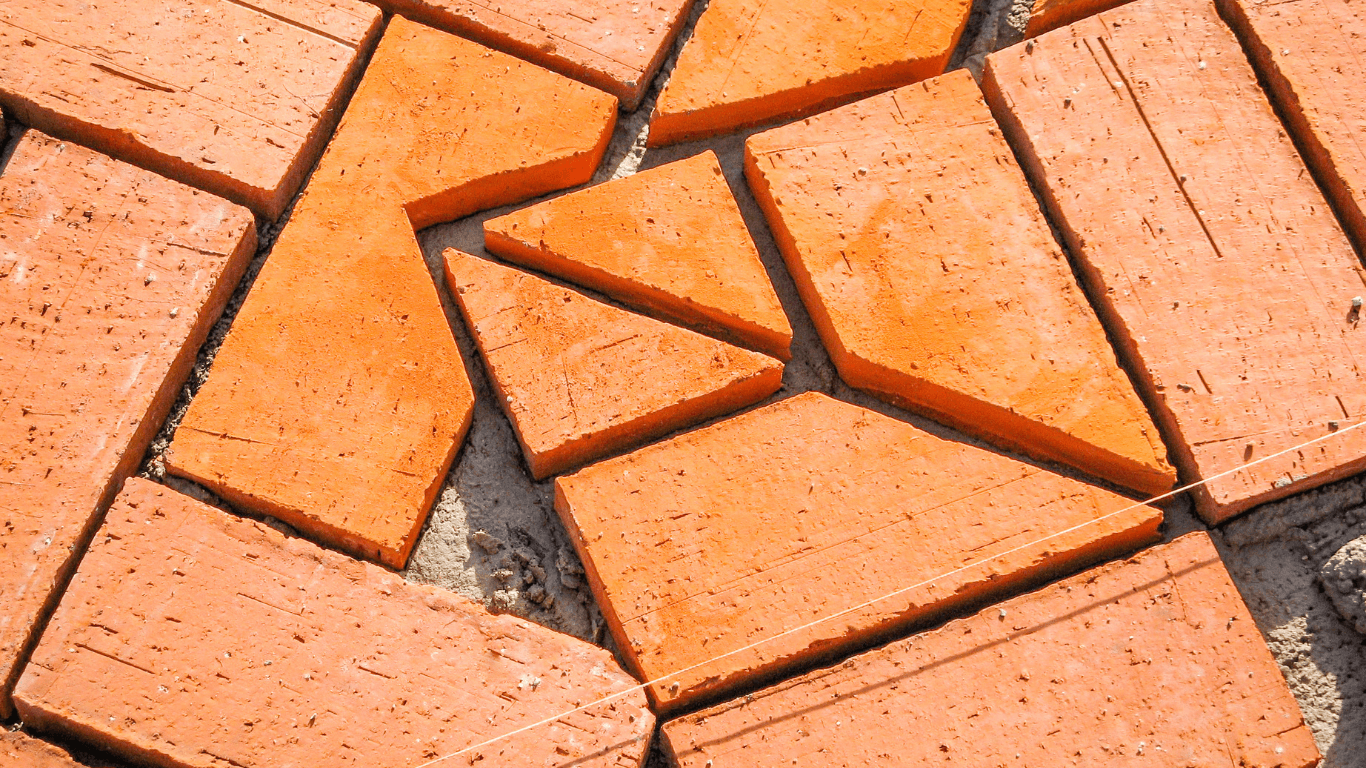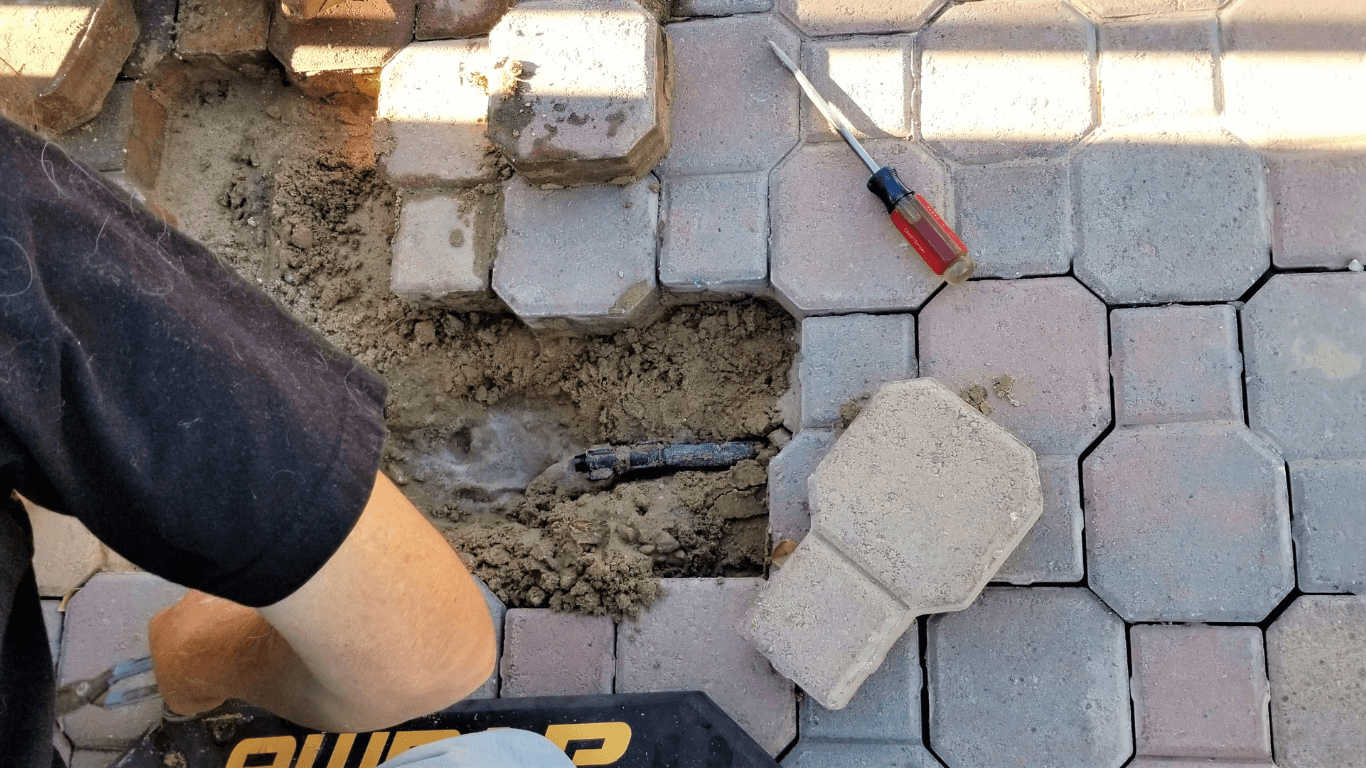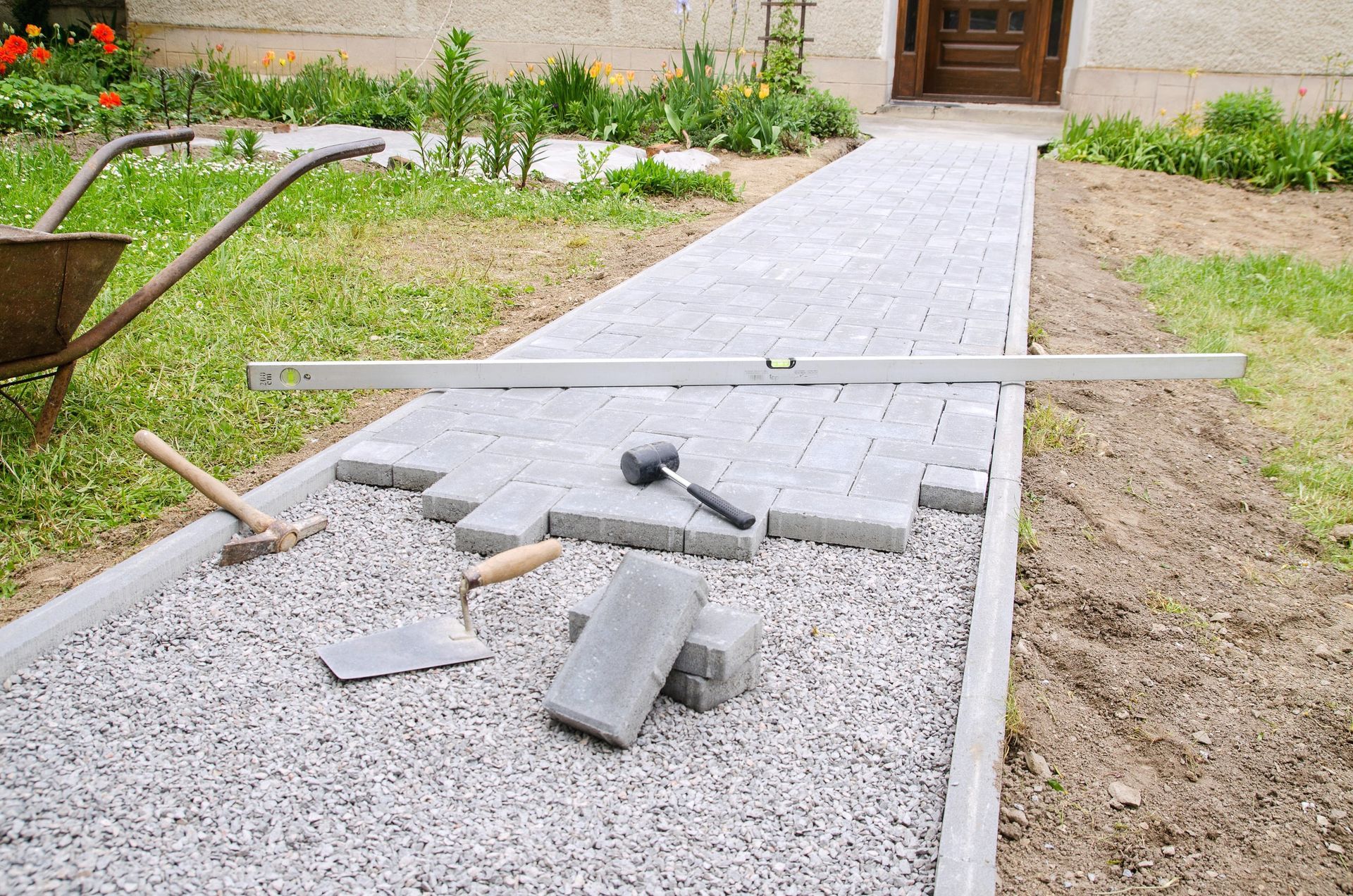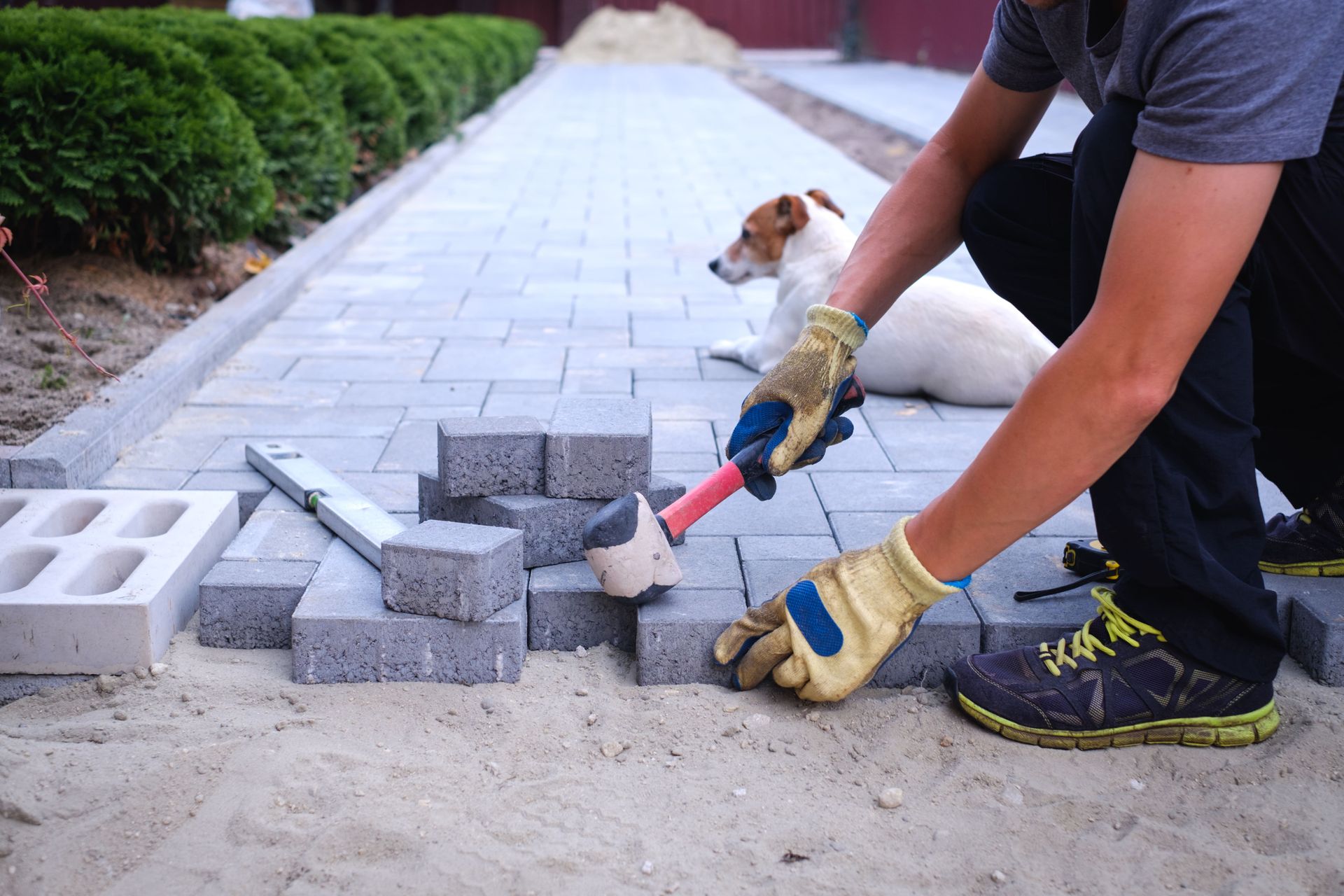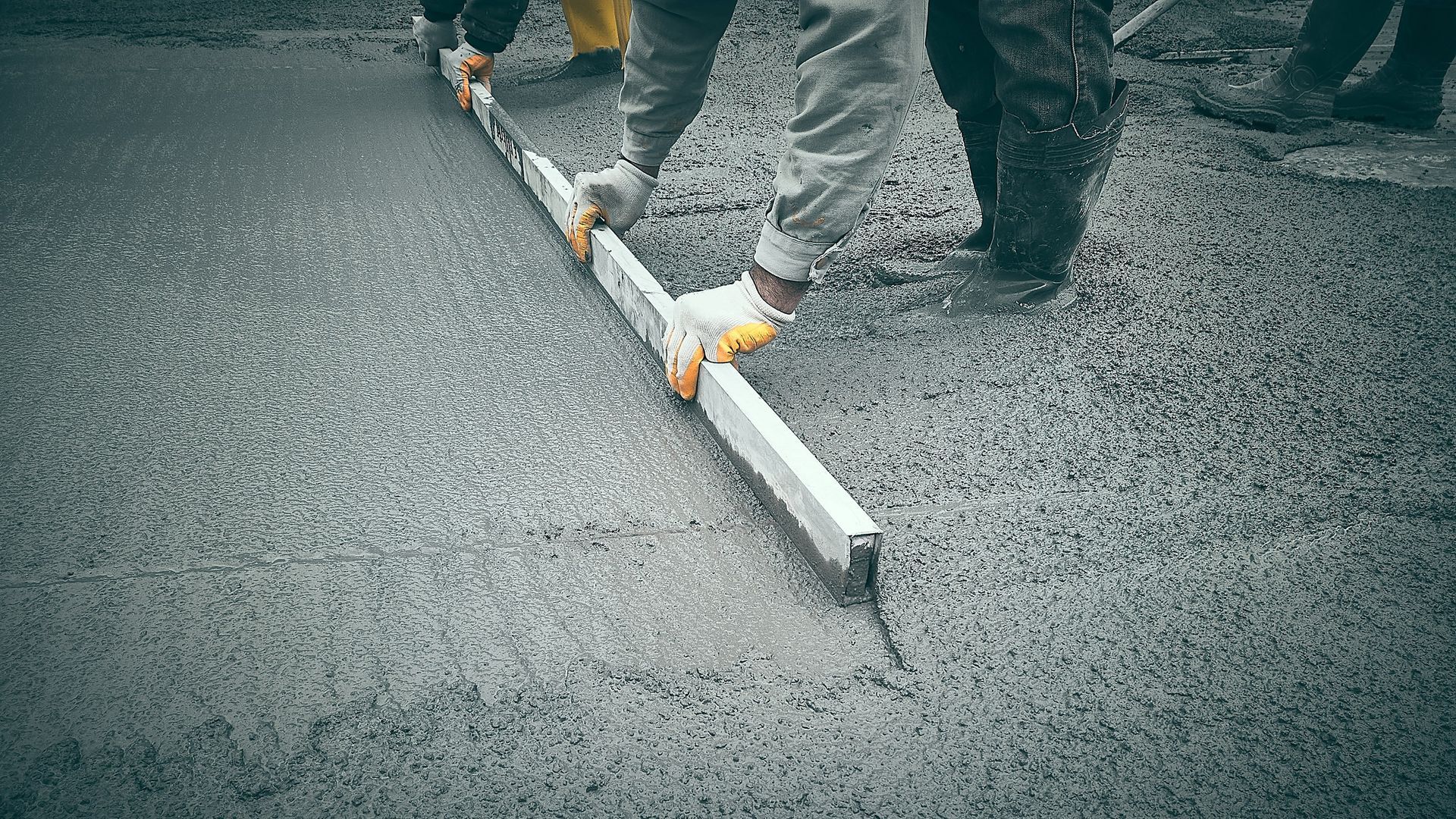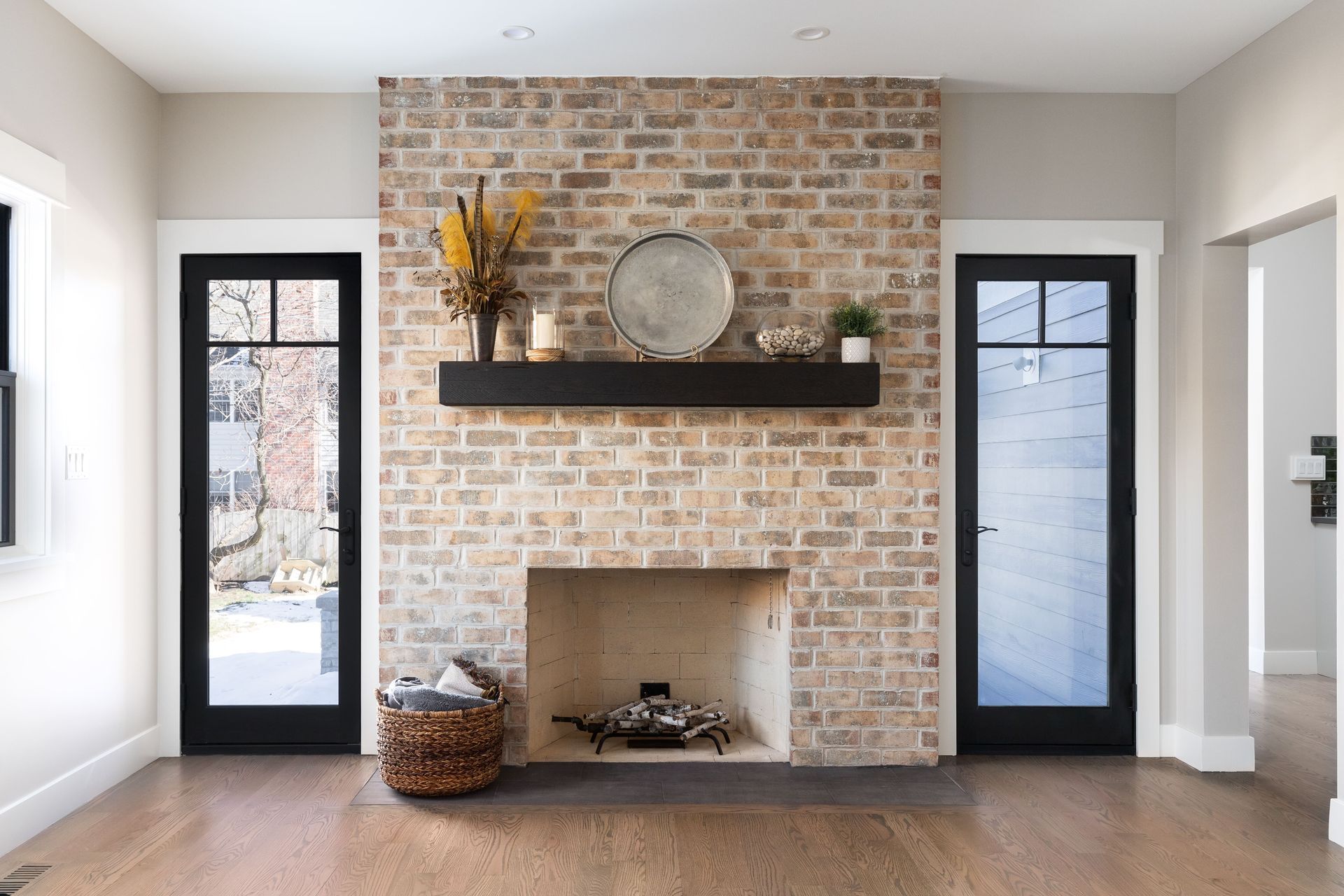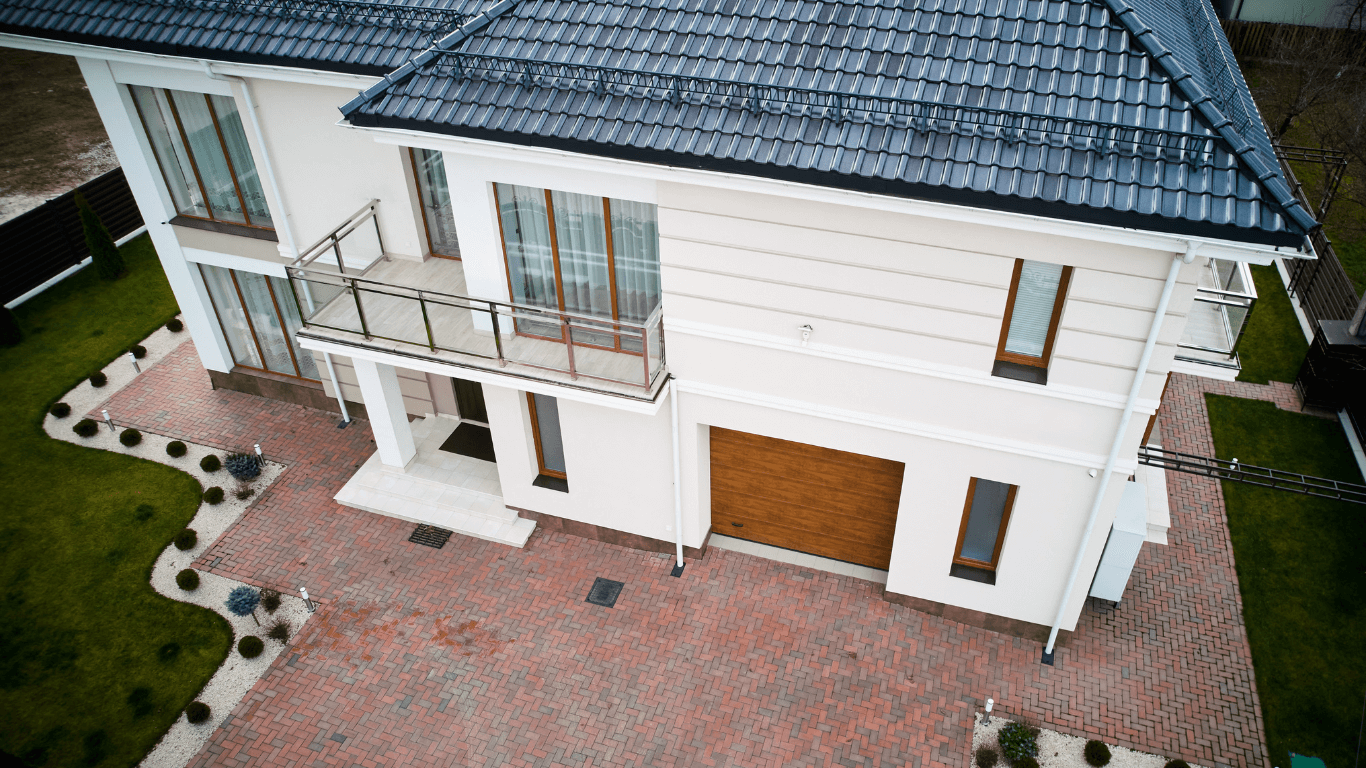How Much Does Masonry Work Cost? – A Comprehensive Guide
Masonry, a skilled craft involving the construction of structures from individual units of stone, brick, or concrete, is an integral part of both historical and modern architecture. Understanding the cost of masonry work is crucial for anyone considering such a project, whether it’s for repair, renovation, or new construction. This article dives into the various factors that contribute to the cost of masonry work, helping you navigate the financial aspects of your project with greater confidence.
Understanding Masonry Services
Masonry is not just about laying bricks; it's an art that blends aesthetics with structural integrity. From building a simple garden wall to erecting a grand facade, masonry work comes in various forms, each with its unique challenges and costs. Understanding the nature of masonry services and the expertise required is the first step in gauging the potential costs of your project.

The choice of masonry service, whether it’s for residential or commercial purposes, significantly affects the overall cost. Residential masonry typically includes smaller projects like chimneys, fireplaces, and retaining walls, whereas commercial masonry may involve larger structures like building exteriors or monumental stonework. The scale and complexity of the project play a crucial role in determining the price.
Factors Influencing Masonry Costs
Several key factors influence the cost of masonry work. The type of materials used is one of the primary cost drivers. Brick, stone, and concrete, each have different price points and labor requirements. The project's complexity also plays a significant role; intricate designs and patterns require more time and skill, leading to higher costs.
Another crucial factor is the location of the project. Prices can vary significantly based on regional differences in labor costs, material availability, and even climate conditions. Urban areas, for instance, might have higher masonry costs due to increased demand and higher living expenses.
Cost Breakdown of Common Masonry Projects
The cost breakdown of masonry projects can vary widely. Residential masonry typically involves smaller-scale projects like repair work or aesthetic enhancements and can be relatively more affordable. On the other hand, commercial masonry projects are often larger in scope, involving more materials and labor, leading to higher costs.

For instance, building a new brick patio in a residential setting will have a different cost structure than restoring a historical stone building in a commercial area. Each project has unique considerations such as the design complexity, material choices, and the extent of preparation needed before construction begins.
Comparing Brick, Stone, and Concrete Work
Each masonry material comes with its own set of characteristics and associated costs. Brick is often favored for its cost-effectiveness and relatively easy installation process. It's a versatile material used in a variety of settings, from residential homes to commercial buildings.
Stone masonry, while typically more expensive due to the cost of materials and the labor-intensive installation process, offers unparalleled durability and a classic aesthetic appeal. Concrete, on the other hand, is prized for its strength and versatility. It can be used in a variety of forms, from poured concrete for foundations to decorative concrete blocks.
Labor Costs in Masonry
Labor is a significant component of masonry costs. The expertise of the masons, the complexity of the project, and the geographic location all contribute to labor costs. Skilled masons command higher wages due to their experience and expertise, especially for projects that require intricate detailing or special techniques.
In different regions, the cost of labor can vary significantly. Urban areas, where the cost of living is higher, typically have higher labor rates compared to rural areas. Additionally, the availability of skilled labor in a particular area can also affect costs.
Budgeting for Your Masonry Project
Effective budgeting is key to a successful masonry project. It involves a careful consideration of all potential costs, including materials, labor, and any additional expenses such as permits or equipment rentals. Planning and estimation are crucial steps in this process.
Allocating funds wisely involves not only covering the immediate costs but also considering long-term maintenance and potential future repairs. It's advisable to set aside a contingency fund for unforeseen expenses, ensuring that your project can proceed smoothly even if unexpected costs arise.
The Impact of Location on Masonry Costs
The cost of masonry work can be significantly influenced by the project's location. Urban areas typically have higher costs due to increased demand for services and higher overall living expenses. In contrast, rural areas might offer more affordable rates.

Geographical location also affects the availability and cost of materials. Local materials can be more cost-effective, while importing materials from afar can add to the expense. The climate of the region can also play a role, as some materials or techniques may not be suitable for all weather conditions.
Time Frame and Its Effect on Cost
The project's timeline can have a significant impact on its overall cost. A project with a tight deadline may require additional labor to meet the schedule, increasing the cost.
Conversely, a more flexible timeline can allow for more efficient work scheduling, potentially lowering labor costs.
Seasonal influences also affect masonry work costs. For instance, certain types of masonry work may be more expensive during winter months due to additional challenges posed by cold weather. Planning your project during the off-peak seasons might lead to cost savings.
Masonry Maintenance and Long-Term Costs
Considering the long-term costs of masonry is important for overall budgeting. Regular maintenance, such as sealing and cleaning, can significantly extend the lifespan of masonry work and prevent costly repairs. Investing in quality materials and skilled labor upfront can result in lower maintenance costs down the line.
The long-term value of masonry work should also be considered. Well-executed masonry can enhance the aesthetic appeal and overall value of a property, making it a worthwhile investment. The durability of masonry structures means they often require less frequent repairs compared to other building materials.
Insurance and Licensing Costs
Compliance with local building codes and regulations is essential in masonry work. The costs associated with obtaining the necessary insurance and licensing should be factored into the project budget. These costs ensure that the work is legally compliant and covered against potential liabilities.
Insurance and licensing also offer a form of protection for both the homeowner and the masonry contractor. They ensure that the project is carried out safely and to a professional standard, safeguarding your investment.
DIY vs. Professional
Tackling masonry work as a DIY project might seem like a cost-saving option, but it’s important to consider the implications. Professional masons bring expertise and efficiency to a project, often resulting in better quality and durability. DIY projects, while initially cheaper, can incur additional costs due to improper installation, the need for specialized tools, and potentially longer project durations.

On the other hand, a DIY approach can be cost-effective for small, simple projects if you have the necessary skills. However, for complex or large-scale projects, the risk of structural issues and the lack of professional finishing can lead to higher costs in the long run, through repairs and maintenance.
Hidden Costs in Masonry Projects
It's important to be aware of potential hidden costs in masonry projects. These can include unexpected structural repairs, additional material requirements, or changes in project scope. Such unforeseen issues can arise once the project is underway, impacting the overall budget.
Preparation work, such as site clearing or foundation laying, can also add to the cost. It’s crucial to have a thorough assessment and an inclusive estimate upfront to minimize the risk of encountering hidden costs during the project.
Cost-Effective Masonry Solutions
Finding cost-effective solutions for masonry work involves balancing quality and affordability. Choosing materials that offer durability and aesthetic appeal at a reasonable price can significantly impact the overall cost. Additionally, working with contractors who offer competitive rates without compromising on quality is essential.
Exploring different design options and material alternatives can also help in reducing costs. Sometimes, simpler designs or locally sourced materials can offer significant savings while still achieving the desired outcome.
Innovations in Masonry and Cost Implications
The masonry industry is constantly evolving, with new technologies and methods emerging. These innovations can impact project costs both positively and negatively. For example, new installation techniques may reduce labor time, thereby lowering costs. On the other hand, cutting-edge materials or specialized techniques might come at a premium.
Staying informed about these innovations and their cost implications is important for making informed decisions. They can offer long-term benefits, such as increased energy efficiency or reduced maintenance needs, which might offset their initial higher costs.
How to Get Accurate Masonry Estimates
Getting accurate estimates is crucial for effective budgeting. Consulting with multiple professional masons and comparing quotes can give you a better understanding of the costs involved. It’s important to ensure that the estimates are comprehensive, covering all aspects of the project, including materials, labor, and any additional expenses.
Understanding the basis of these estimates, such as the cost per square foot or the hourly rate for labor, can also provide clarity. Make sure to discuss any potential variables that might affect the final cost to avoid surprises.
Tips for Negotiating Masonry Costs
Effective negotiation can lead to cost savings in masonry projects. Familiarize yourself with the current market rates for materials and labor to understand what constitutes a fair price. Communicating your budget and project requirements clearly to the contractor can also aid in negotiation.
Building a good relationship with the contractor and showing flexibility, such as being open to material alternatives or adjusting the project timeline, can also result in more favorable pricing. Remember, the goal is to achieve a balance between cost, quality, and time.
With an unyielding commitment to quality and precision, Constructive Concepts has been the backbone of numerous prestigious projects over the last 30 years in Staten Island, New York. Our areas of expertise include a diverse array of masonry works, flat work, interior renovations, and much more. We specialize in creating spaces that not only meet but exceed your expectations, through a collaborative approach that values your input at every step.

GET A FREE ASSESSMENT
How long have you been waiting for your dream design?
We invite you to experience the transformative journey from concepts to constructions, where dreams take a tangible form through a harmonious blend of skill and material. With Constructive Concepts, witness the crafting of dreams into reality, one stone at a time.
